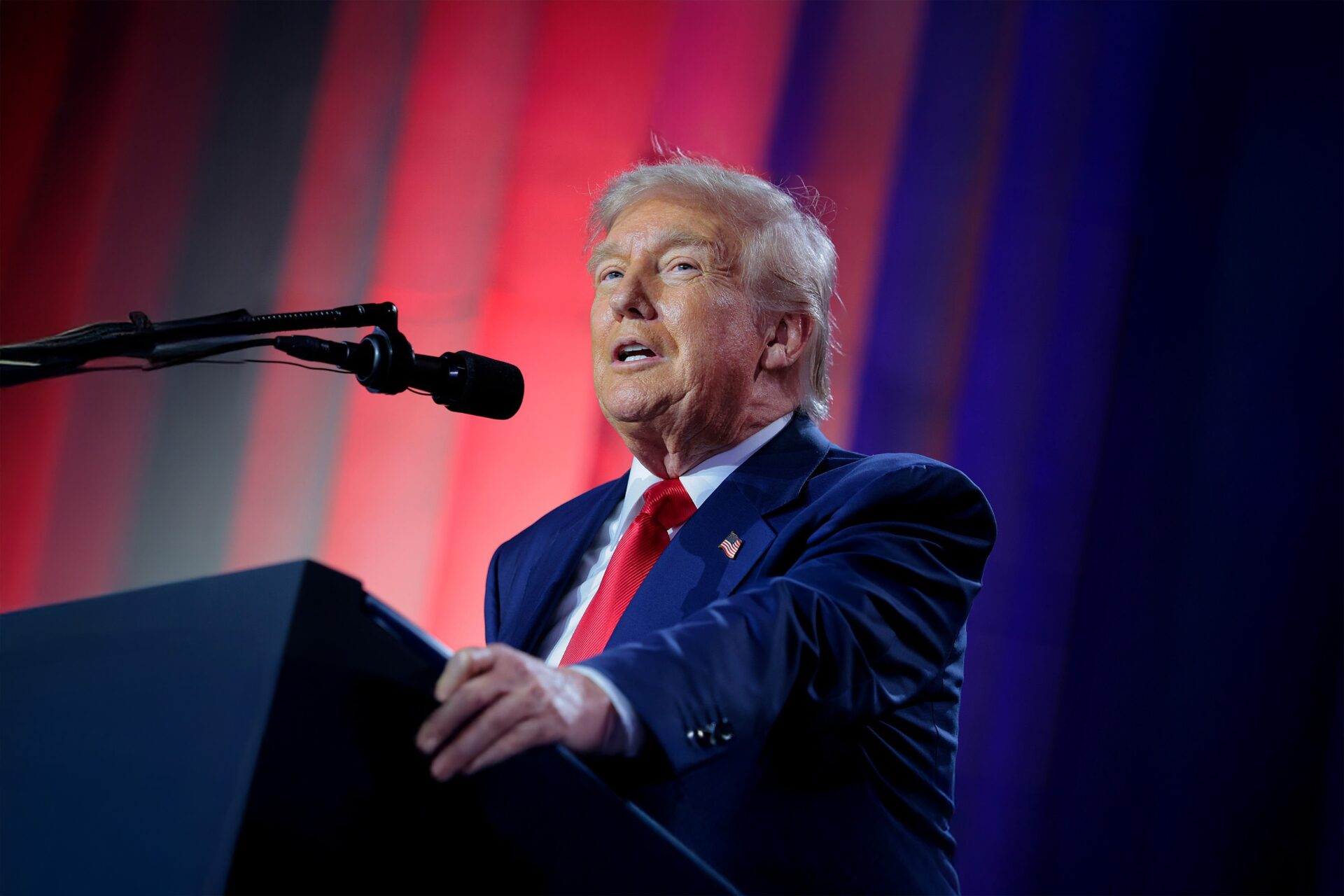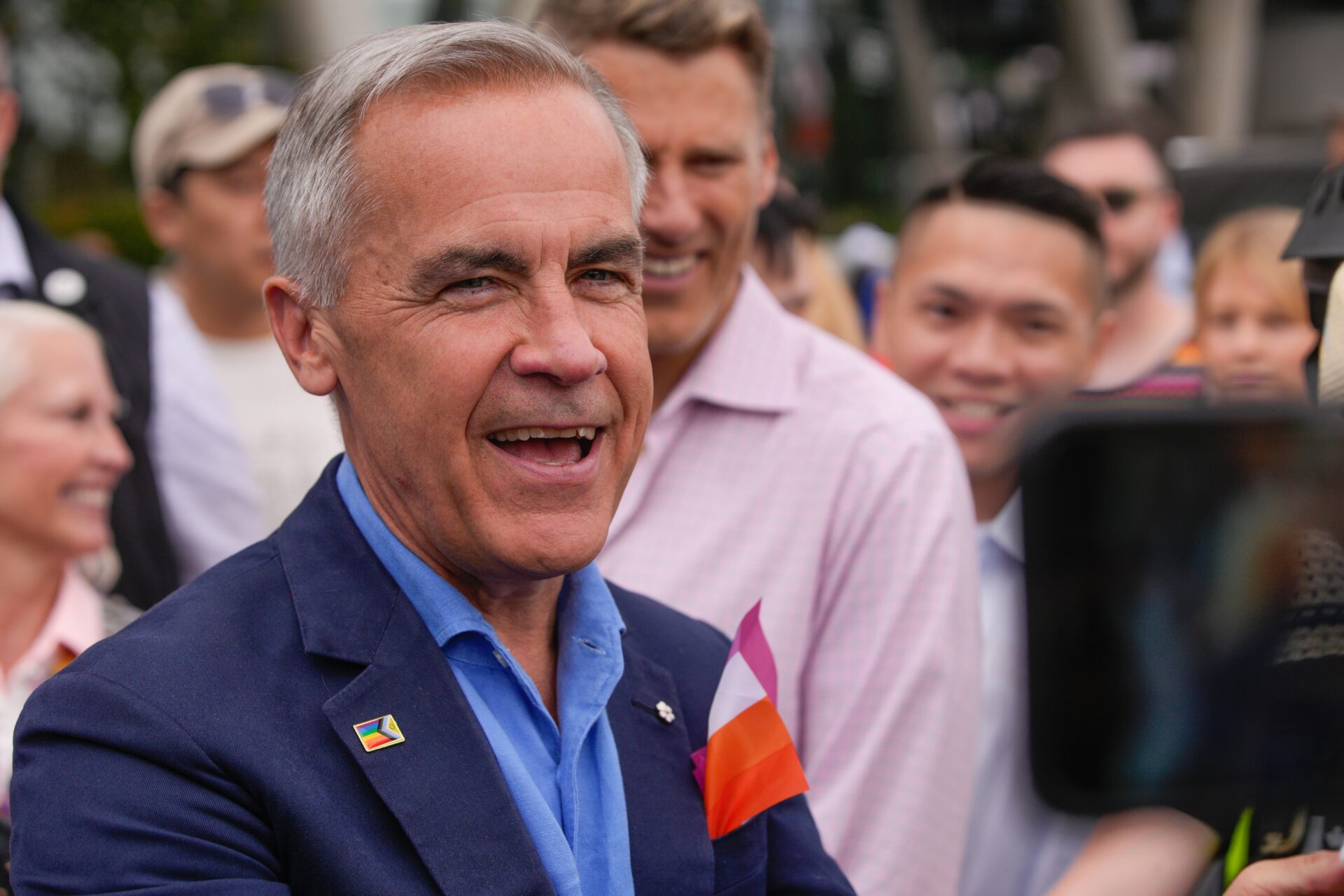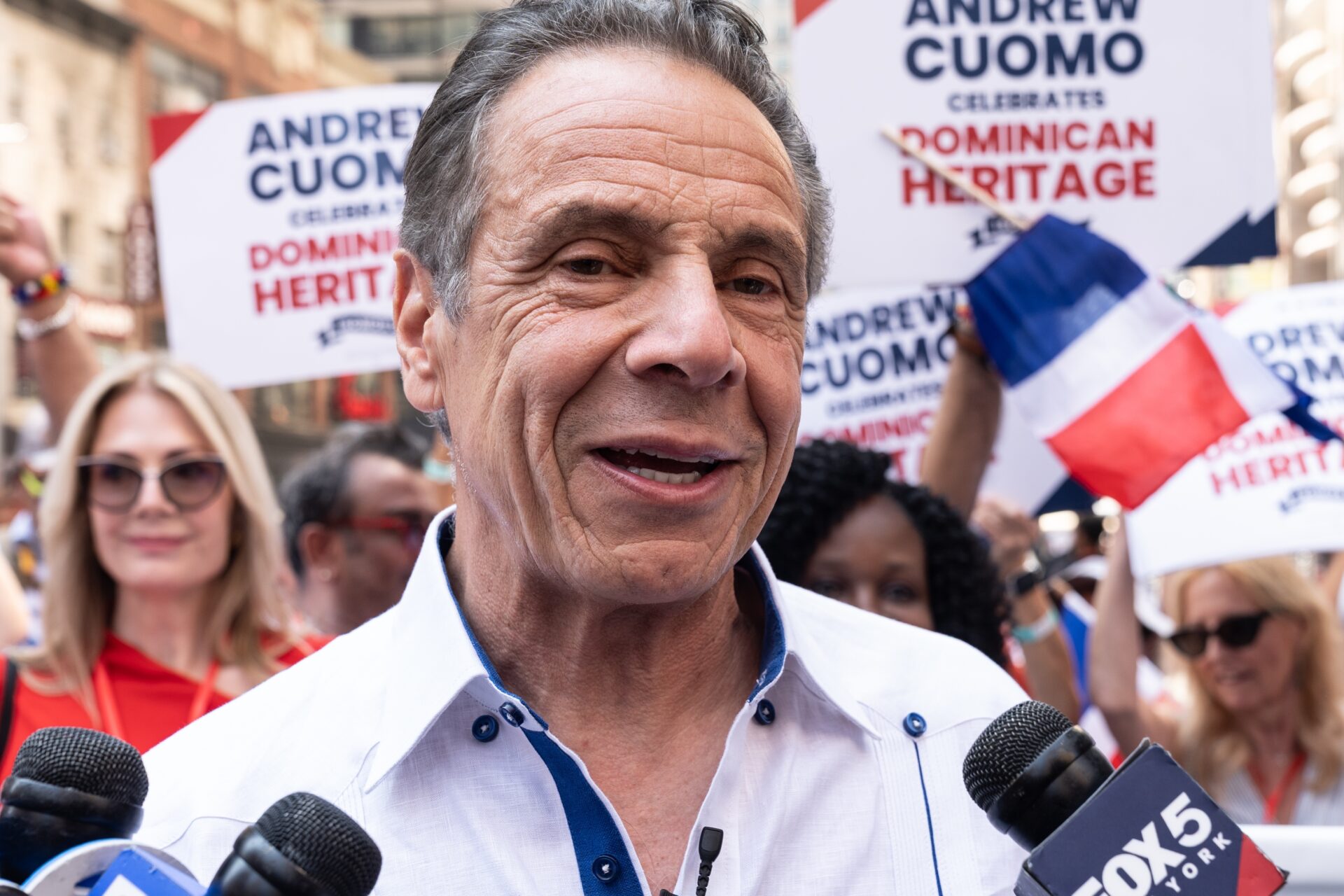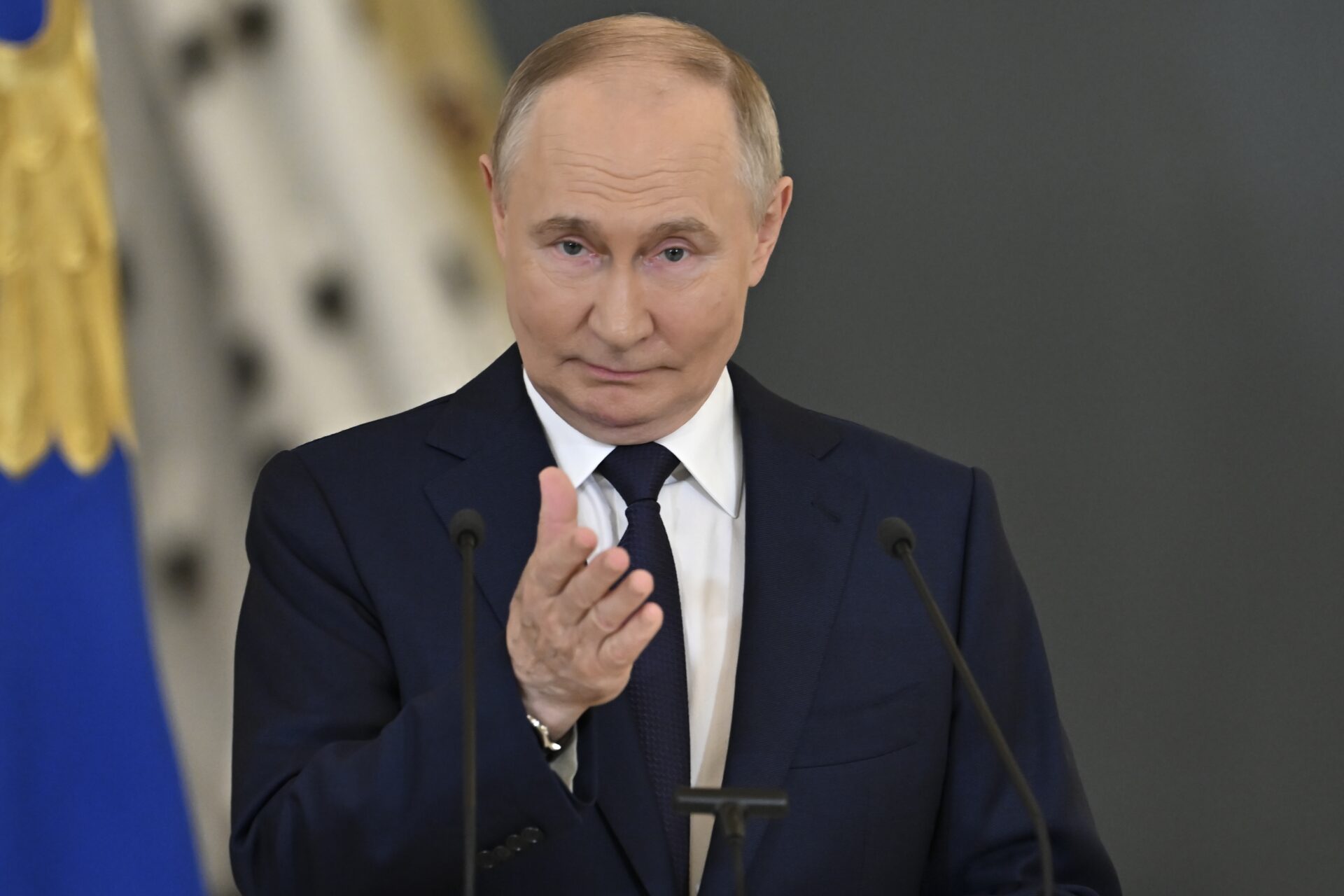
Alliances BREAK Under Trade Strain!
Donald Trump’s tariff-heavy approach has undermined U.S. alliances across Europe and Asia, leaving Washington struggling to maintain credibility as partners turn to alternative global alignments.
At a Glance
- Trump’s tariffs strained decades-old U.S. alliances in Europe and Asia
- Key partners now question America’s reliability as a strategic leader
- India has shifted from partner to skeptic under tariff pressure
- Europe is expanding independent trade and defense policies
- U.S. influence is eroding as allies seek diversified alignments
Allies Under Pressure
The U.S. has historically depended on alliances with Europe and Asia to project influence globally. Trump’s return to office, marked by the aggressive use of tariffs, has shaken these relationships. European partners, including Germany and France, have voiced frustration with unilateral American trade actions, which they argue undercut both economic cooperation and security coordination.
The result is a trend toward strategic autonomy within the European Union. Officials in Brussels have accelerated policies designed to insulate the bloc from U.S. economic pressure, including new trade pacts with Asia and Africa. Analysts warn this represents more than a temporary policy adjustment—it signals a deeper structural move away from automatic alignment with Washington.
Watch now: Could Trump’s trade strategy forge new alliances against him? · YouTube
India Turns Away
India, once a growing strategic partner of the United States, has been particularly hard hit by Trump’s tariffs. Washington’s imposition of duties on Indian energy and technology imports strained relations already tested by disagreements over defense procurement.
Once viewed as a counterweight to China, New Delhi has now pivoted toward a more independent stance, engaging both Moscow and Beijing to balance its interests. Indian officials have suggested that Washington’s tariff-first approach reveals the limits of partnership, eroding confidence that the U.S. can be relied upon over the long term.
Asia’s Strategic Recalibration
Japan and South Korea, while still formally aligned with Washington, have begun considering broader regional partnerships. Tokyo is discussing deeper coordination with Australia and India, while Seoul has signaled interest in closer ties with ASEAN states. The shared driver is doubt about U.S. stability as a security guarantor when economic coercion increasingly overshadows cooperation.
In parallel, China has moved to capitalize on these divisions. By offering alternative trade arrangements and expanded security dialogues, Beijing has positioned itself as a reliable counterpart, drawing in nations unsettled by Washington’s unpredictability. This shift further reduces U.S. leverage in a region that has long been central to its strategic ambitions.
Declining Soft Power
America’s image abroad has shifted markedly. For decades, U.S. leadership was associated with reliability, rule-based systems, and multilateral engagement. Trump’s tariff policy, perceived as transactional and coercive, has chipped away at that reputation.
Smaller states, particularly in Africa and Latin America, increasingly view Washington as a partner of last resort. These nations are instead deepening relations with China, Russia, and regional blocs that promise stability without punitive trade measures. This has accelerated the global trend toward multipolarity, leaving the U.S. less able to unilaterally shape outcomes in trade, security, or climate cooperation.
Long-Term Fallout
The damage to U.S. alliances may prove enduring. Analysts stress that trust, once eroded, is difficult to restore—even if future administrations reverse course. Tariff-centric diplomacy has created a perception of volatility that lingers beyond individual policy cycles.
Washington’s challenge now is not only to repair strained partnerships but also to convince allies that cooperation can once again be more predictable than coercion. Without that restoration, America risks being sidelined in the very international system it helped create.
Sources
Financial Times
The Guardian
Reuters


